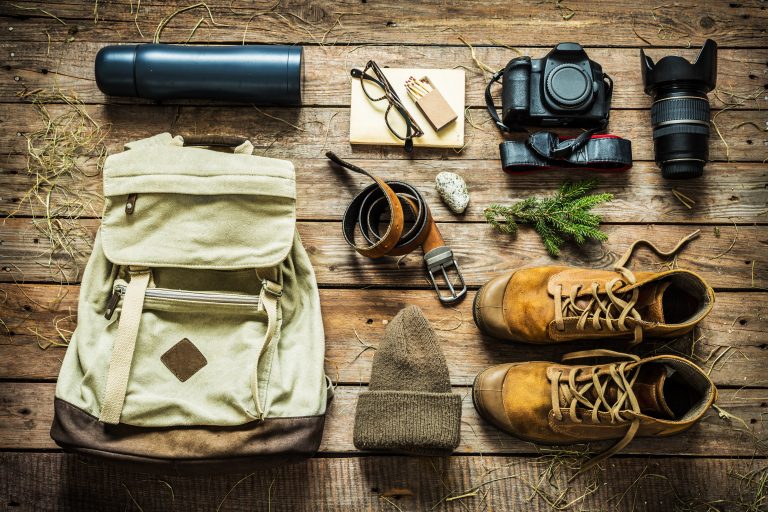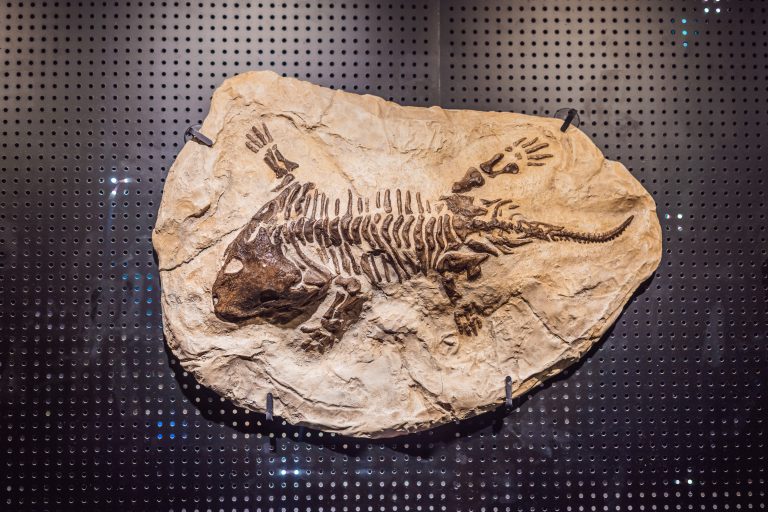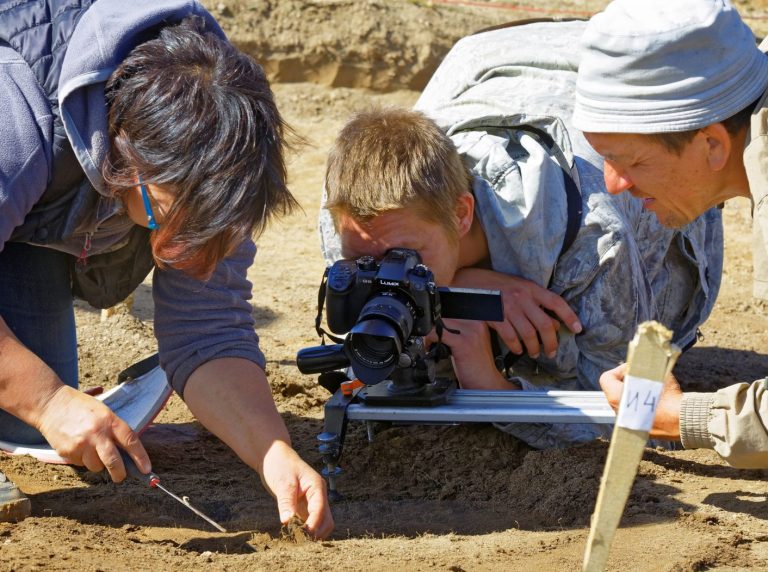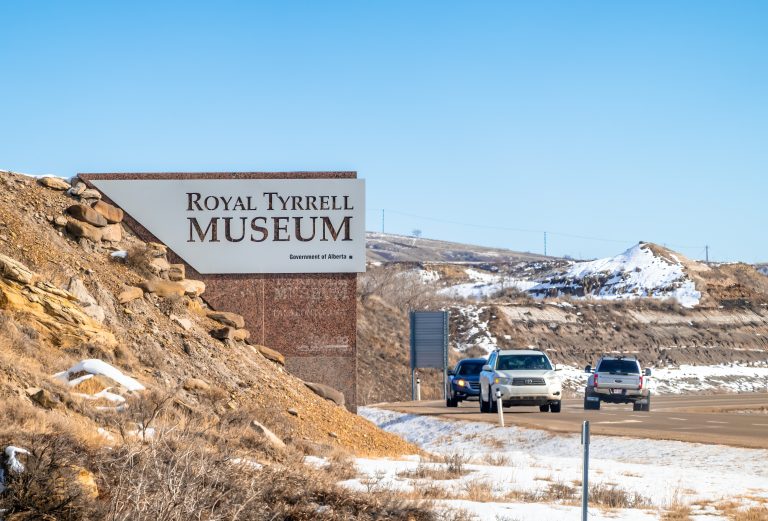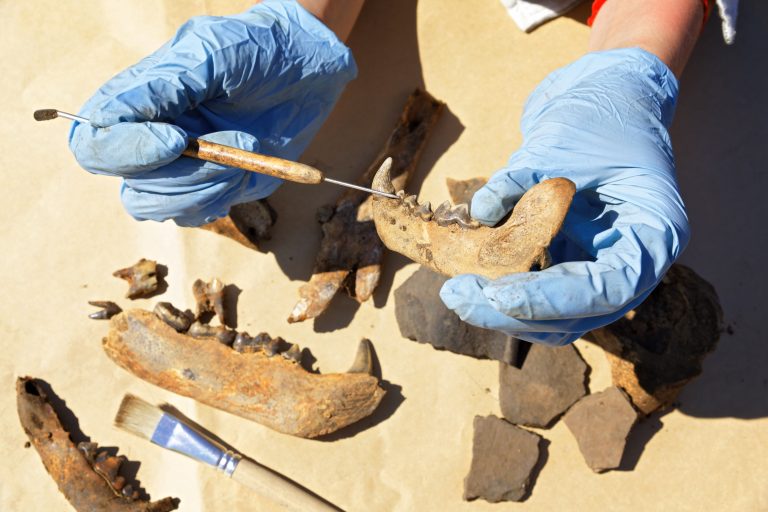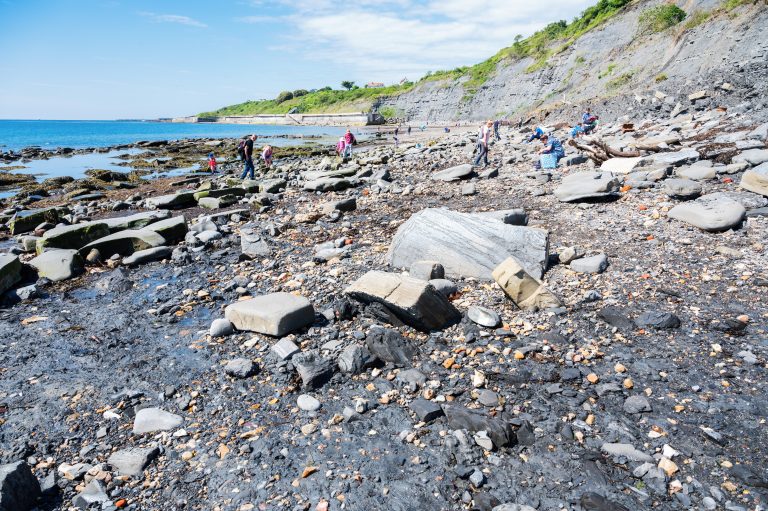10 Tips for Traveling with Pets to Fossil Sites
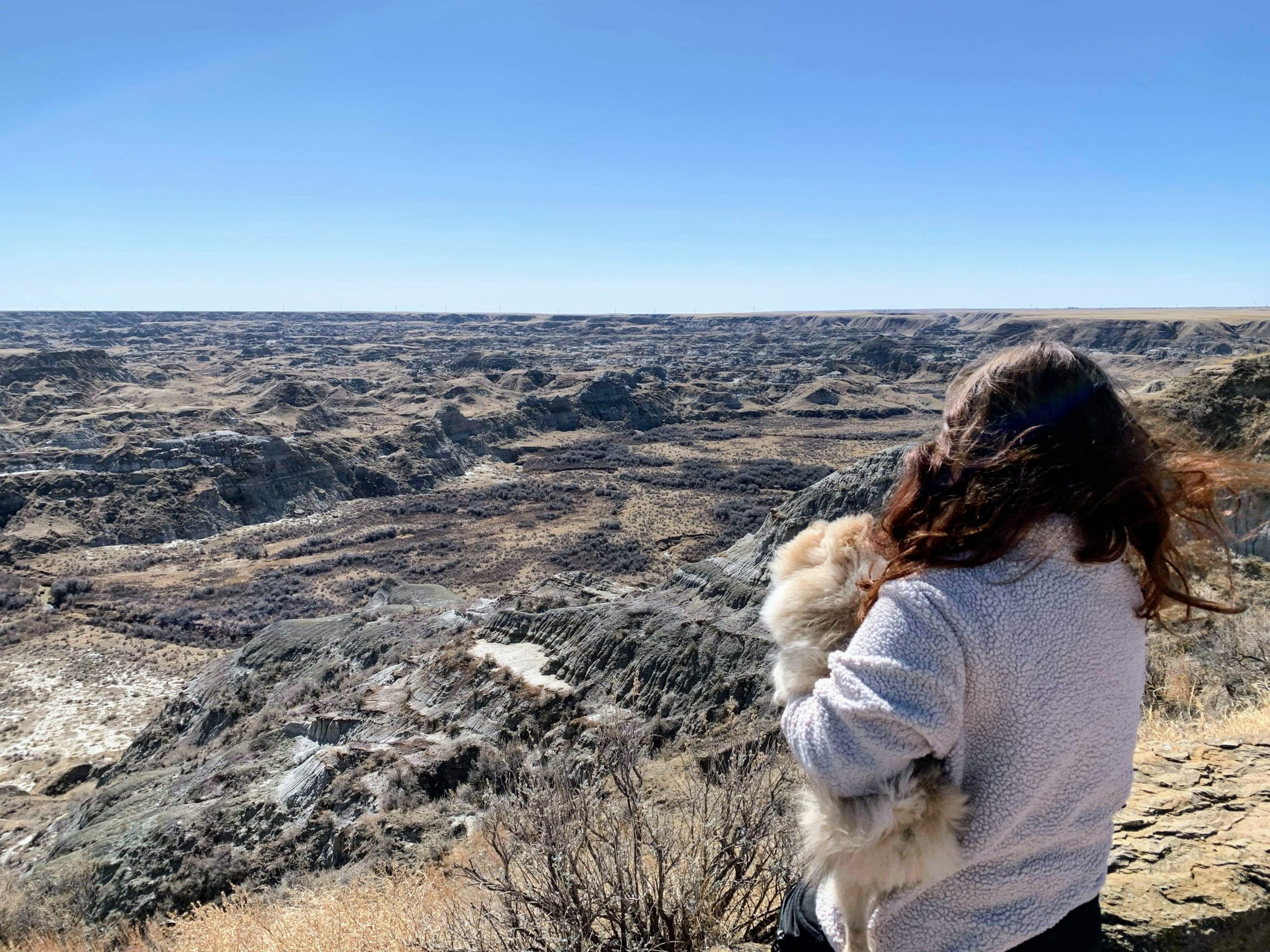
Embarking on an adventure to fossil sites with your four-legged friend can be an enriching experience for both of you. With the right preparation and mindfulness, you can ensure a trip that’s as memorable as the ancient treasures you’re setting out to discover.
1. Pre-Trip Pet Prep
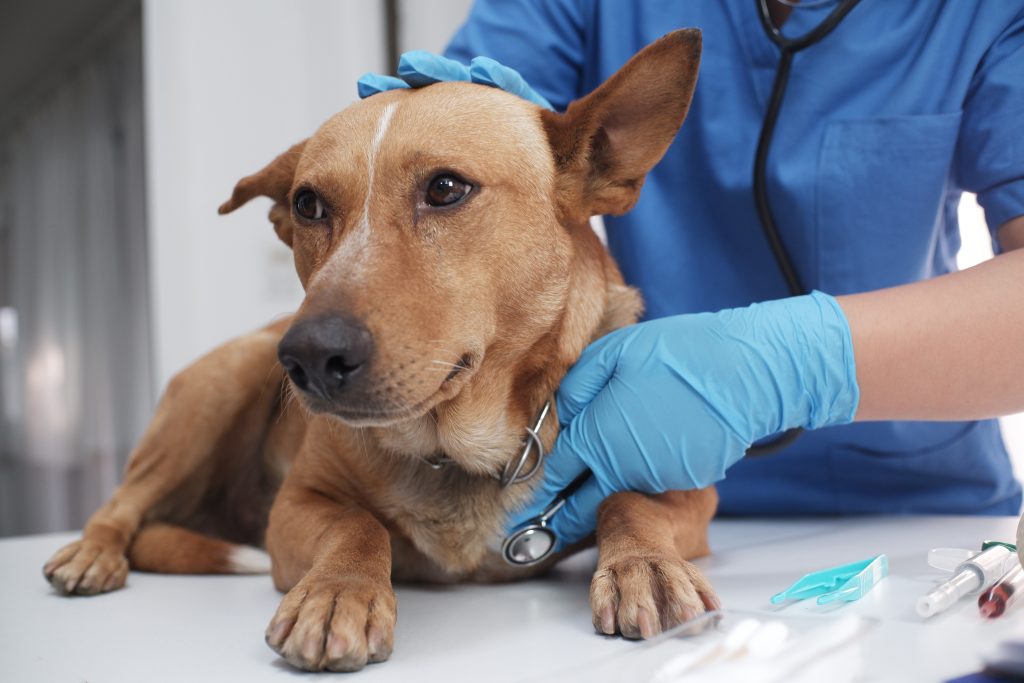
Before you set out on your paleo-pilgrimage, make sure your pet’s vaccinations are up to date and that you’ve got all the necessary paperwork for your furry companion. It’s like packing your passport but with more fur and slobber.
A visit to the vet for a pre-trip checkup is also a smart move; you wouldn’t want an unexpected illness to fossilize your plans. Lastly, get your pet used to car rides if they aren’t already. Short practice trips can help ease anxiety, making the journey to the dig site as smooth as a polished ammonite.
2. Packing Essentials
When it comes to packing for your pet, think of yourself as a Paleolithic hunter-gatherer: only the essentials. A sturdy leash, waste bags, and a first-aid kit are non-negotiable. Your pet’s favorite toy can be a comforting slice of home (think of it as their fossil to cling to). And don’t forget a collapsible water bowl – hydration is key, especially when you’re trekking through layers of prehistoric sediment.
Hey hey! Don’t forget to subscribe to get our best content 🙂
3. Choosing Pet-Friendly Sites
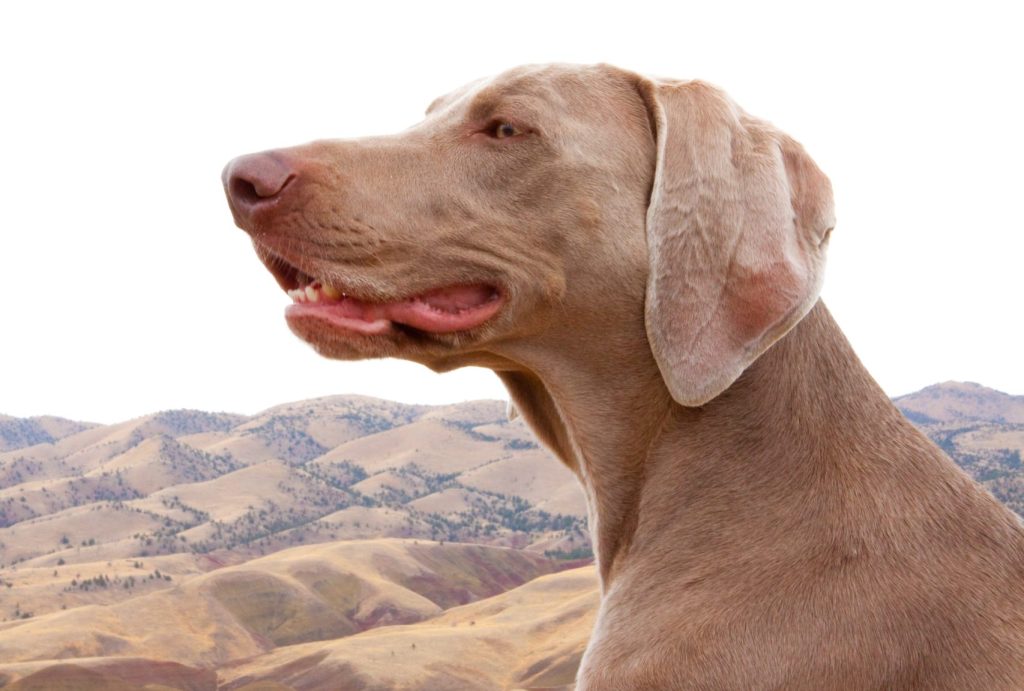
Not all fossil sites are created equal, at least through the eyes of a pet owner. Do your homework and pick spots that welcome pets – nobody likes to be turned away at the gate, especially with a hyped-up hound in tow.
Some locations might have restrictions on where pets can go, so it’s best to know before you go. Remember, a pet-friendly site is like a rare fossil find: utterly rewarding and worth every bit of effort to discover.
4. Safety at Fossil Locations
Fossil sites can be rugged and unpredictable, just like the ancient ecosystems they once were. Keep your pet on a leash to prevent them from disturbing the site or getting into dangerous areas. Watch out for sharp rocks, steep drops, and prickly vegetation. And be mindful of wildlife – your pup might think that rattlesnake is a fun playmate, but trust me, it’s not interested in a game of fetch.
5. On-Site Pet Etiquette
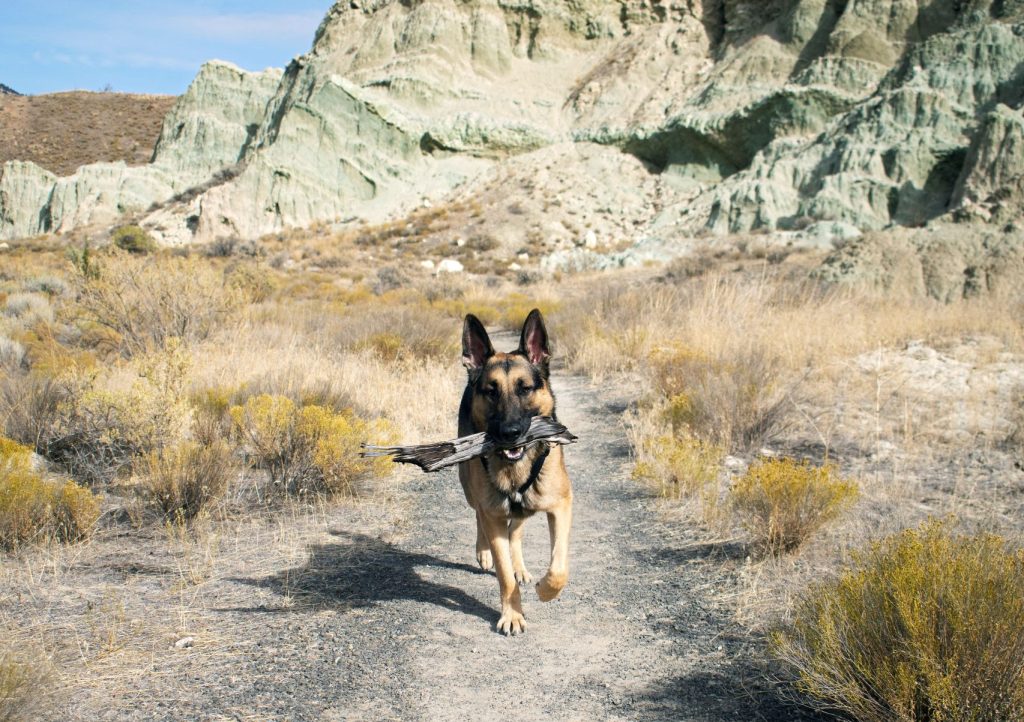
Your dog’s behavior should be as impeccable as a perfectly preserved trilobite. Keep them close, clean up after them, and respect other visitors and the delicate nature of the site. If your dog is a barker, consider training or tools to minimize noise – the only roars should be from the ancient dinosaurs, not your modern-day beast.
6. Handling the Climate
Fossil hunting often leads you to places with extreme climates, from scorching deserts to windswept badlands. Acclimating your pet to these conditions is crucial. Provide protective gear like booties or coats if necessary, and always plan for shade and rest breaks. Remember, if you’re feeling the heat, your furry friend is likely wearing a fur coat in the same temperatures.
7. Staying Hydrated & Fed
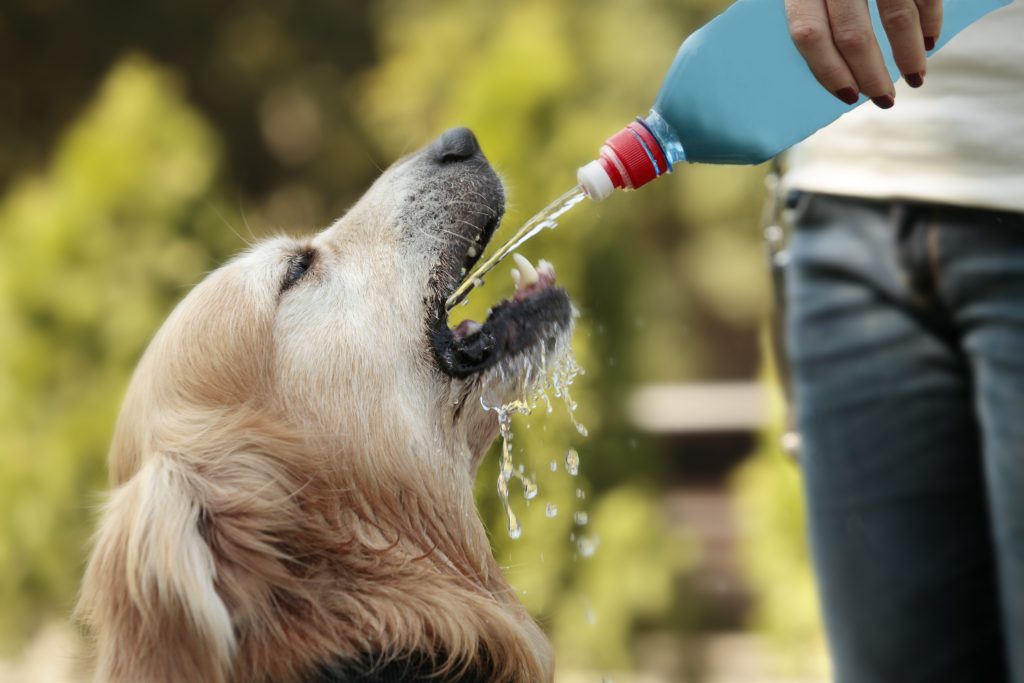
Hydration is to your pet what preservatives are to fossils: vital. Carry plenty of fresh water and a portable bowl to keep your pet hydrated. Pack enough food for the trip plus a little extra – you never know when an exciting discovery might extend your adventure. And always have treats on hand for good behavior; they’re the best bribes since the Mesozoic.
8. Local Vet Information
Always know where the nearest veterinarian is located. It’s like knowing the nearest exit in a museum – you hope you won’t need it, but it’s crucial if you do. Keep their contact info handy, and if you’re traveling to remote areas, consider a first-aid course beforehand. It’s better to be prepared than to wish you had been.
9. Post-Visit Pet Care

After a long day at the site, your pet will likely be dusty, tired, and possibly in need of a good paw-cleaning. Check for any ticks or burrs that might have hitched a ride. A cozy spot for them to rest is essential; let them dream of the days when mammoths roamed and the earth was young.
10. Creating Lasting Memories
Lastly, don’t forget to document your journey. Snap photos of your pet against the backdrop of ancient strata or beside a reconstructed dinosaur. These memories are priceless and will be treasured long after the footprints you leave at the site have faded. And who knows your pet might just become the next sensation in the world of paleontological influencers.
Traveling with your pet to fossil sites can be a bonding experience that transcends time, connecting you both to a world millions of years past. With these tips, you’ll be well-equipped to make your journey a success, ensuring that both you and your pet have a tale to tell that’s as epic as the fossils you’re there to see.

